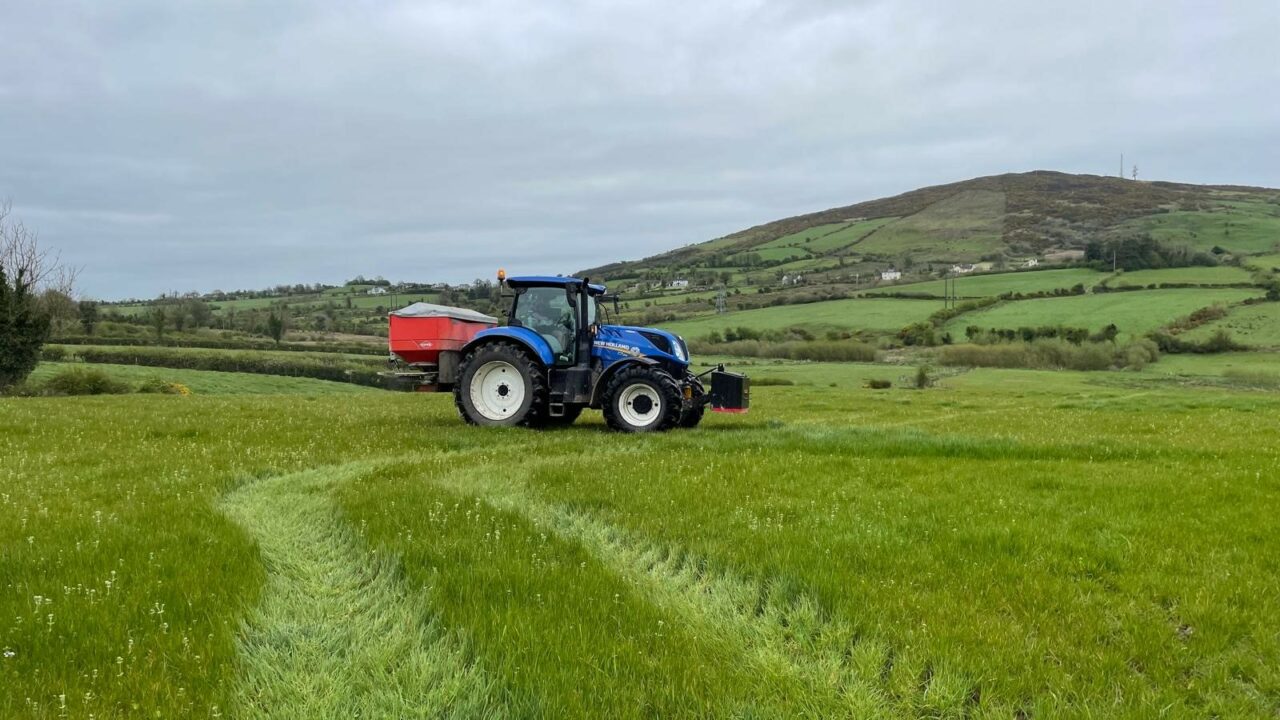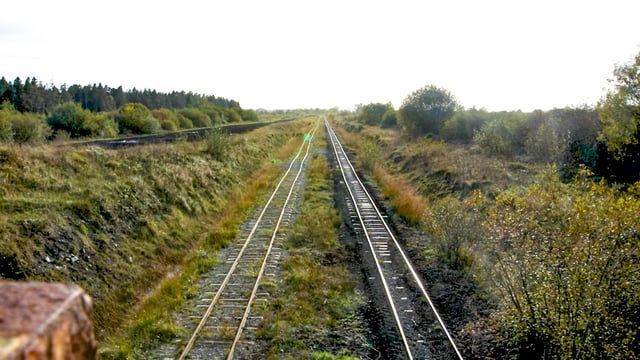Table: How much chemical N and P can you spread on your farm?
Changes to regulations surrounding the application of chemical N and P fertiliser on farms has caused a significant amount of confusion among farmers regarding the amount of compound fertiliser they are permitted to use on an annual basis.
Many farmers are wary of the regulations and are opting to apply significantly lower levels of chemical nitrogen (N), phosphorus (P) and potassium (K) than they are permitted to use.
Earlier this year, Teagasc advisor Sean Mannion explained that from January 1, 2023, all farmers stocked above 130kg N/ha are required to take soil samples and where soil samples are not taken, Index 4 for P will be assumed, so no chemical P or imported P can be used on these farms.
From the same date, all tillage lands without soil samples are not allowed P fertiliser or imported organic manures.
Therefore, farms in this category can no longer use P compound fertilisers, such as 18-6-12, 10-10-20 or 24-2.5-10. He added that there will be penalties if excess fertiliser is used.
A farm soil analysis is valid for four years and each sample should not represent an area greater than 5ha (12ac).
To know the maximum permitted N fertiliser allowance, farmers must know their stocking rate. To know the permitted P fertiliser allowance, farmers must know their soil indexes and their concentrate feed usage.
Soil P indexes will be available in the farms' most recent soil test results.
A farm stocking rate is calculated as the total annual nitrogen (kg) excreted by grazing livestock averaged over the net grassland area (grazing and silage area), according to Teagasc.
E.g., a farmer with 60 (24.3 Ha) and farming 22 cows, 21 calves, 21 yearlings and a stock bull for the full year would equate to a stocking rate of 132kg/N/Ha.
A farm's bovine stocking rate is captured on the farmers Agfood account online. Ovine and equine calculations must be completed manually and added to the Agfood bovine figures.
According to Teagasc, a lowland ewe and her lamb(s) has a nitrogen excretion rate of 13kg/year, a lowland hogget 6kg/year and a horse >3years is 50kg/year.
Last month, the Minister for Agriculture, Food and the Marine, Charlie McConalogue outlined the chemical N and P fertiliser allowances for grassland this year.
It is always advisable for farms to contact their agri-advisor to ensure they are within their allowances for fertiliser spreading.
In some cases, application allowances will vary based on farm-specific circumstances.
The current annual maximum chemical nitrogen (N) allowances for grassland are as follows:
| Grassland stocking rate (kg/ha/year) | Max. chemical N allowance (kg/ha) |
|---|---|
| Less than 130 | 114 |
| 131-170 | 185 |
| 171-210 | 254 |
| 211-250 | 225 |
| Greater than 250 | 225 |
The current annual maximum fertilisation rates of phosphorous on grassland – by soil phosphorus index number – is as follows (soil with 20% or more organic matter is limited to the index 3 rate):
| Grassland stocking rate (kg/ha/year) | Index 1 | Index 2 | Index 3 | Index 4 |
|---|---|---|---|---|
| Less than 85 | 27 | 17 | 7 | 0 |
| 86-130 | 30 | 20 | 10 | 0 |
| 131-170 | 33 | 23 | 13 | 0 |
| 171-210 | 36 | 26 | 16 | 0 |
| 211-250 | 39 | 29 | 19 | 0 |
| Greater than 250 | 39 | 29 | 19 | 0 |
Minister McConalogue said there will be no changes made to the allowances for chemical nitrogen fertiliser this year.
The interim review of the Nitrates Action Programme (NAP) included proposals to reduce the allowances for grassland on more intensive farms, and to introduce a new lower allowance for extensive farmers but last month, the minister clarified the proposed fertiliser changes will not apply before 2025.
He said: “I wish to advise farmers that there are no changes in the chemical nitrogen or phosphorous allowances for 2024. Any proposed changes will not apply before 2025."





